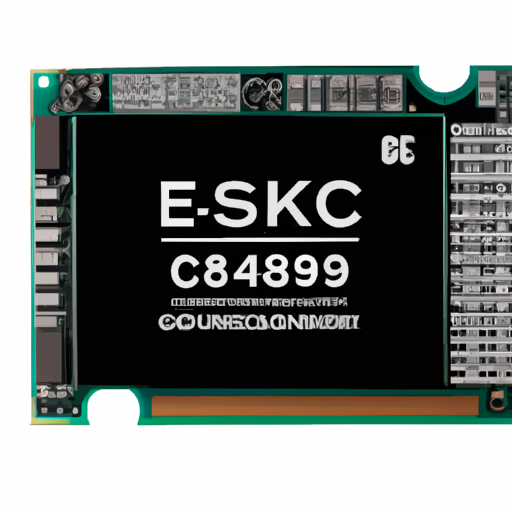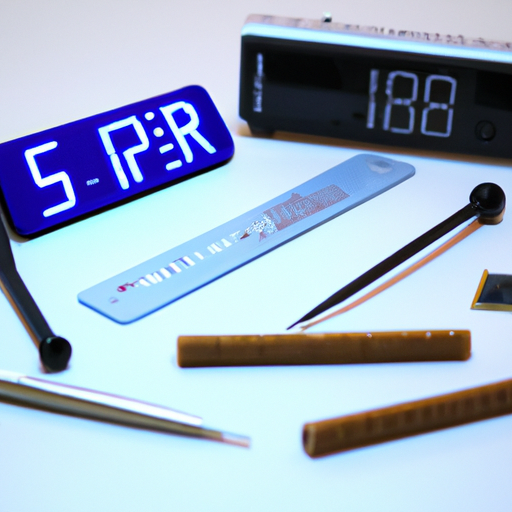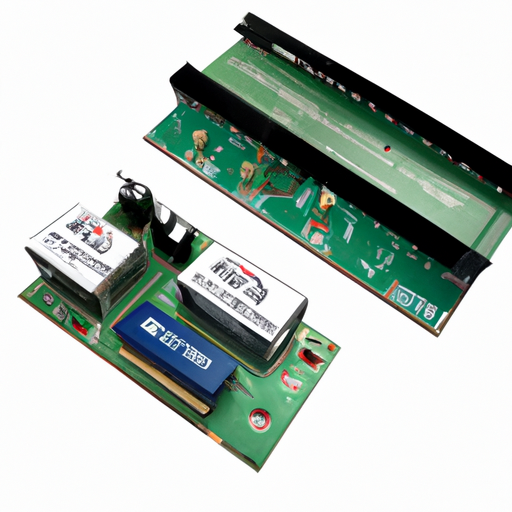Products
- Capacitor Networks, Arrays(2073)
- Aluminum Electrolytic Capacitors(119232)
- Tantalum Capacitors(106098)
- Ceramic Capacitors(802073)
- Electric Double Layer Capacitors (EDLC), Supercapacitors(2508)
- Film Capacitors(165215)
- Mica and PTFE Capacitors(9477)
- Trimmers, Variable Capacitors(1755)
- Thin Film Capacitors(3401)
- Niobium Oxide Capacitors(219)


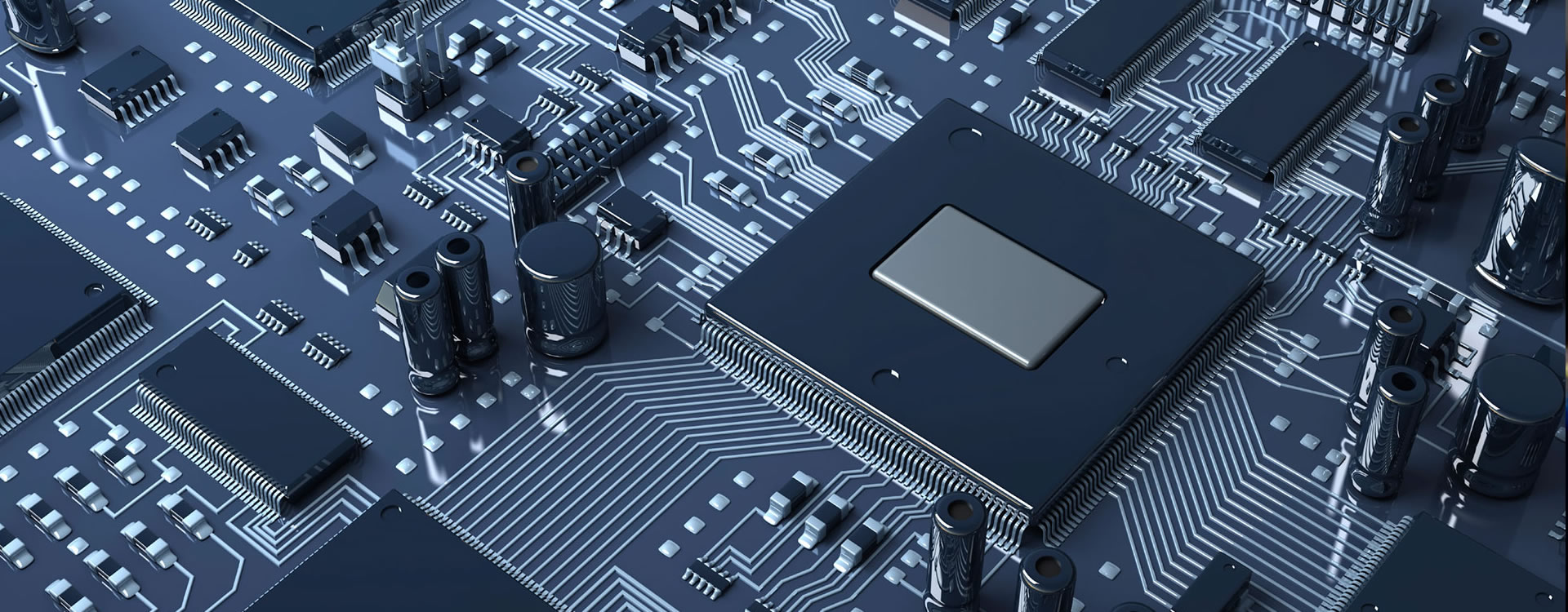
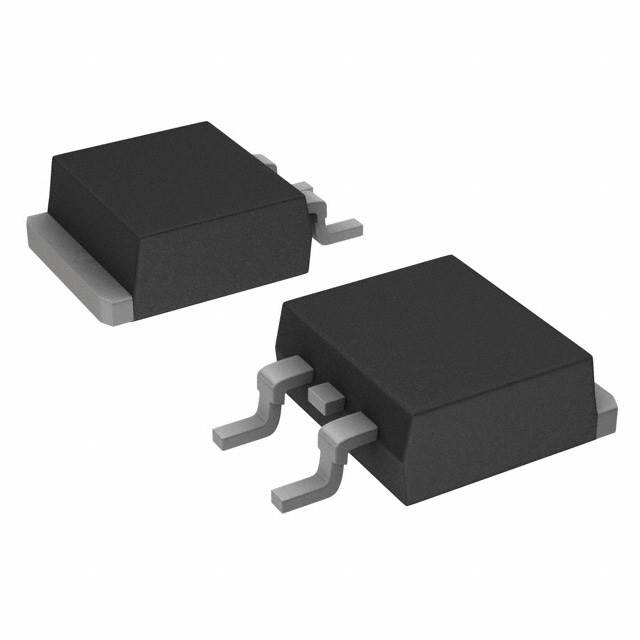
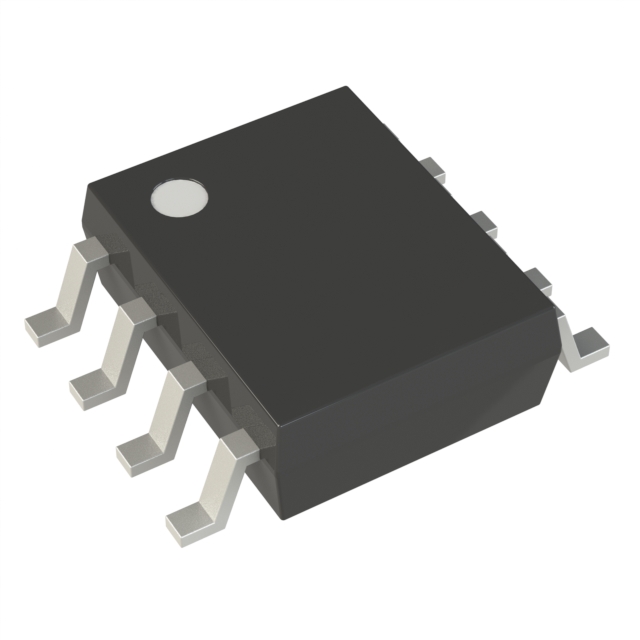
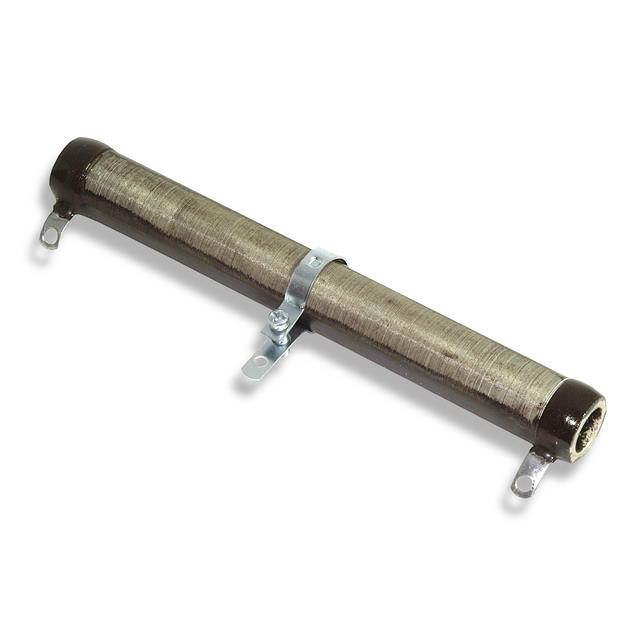
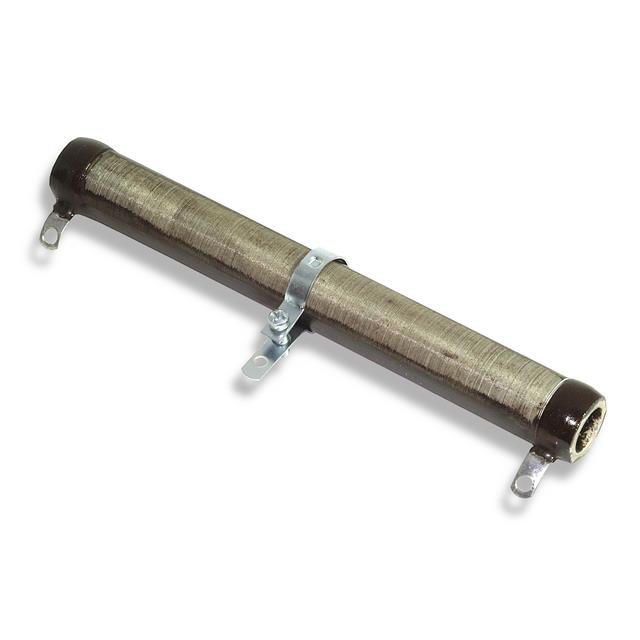


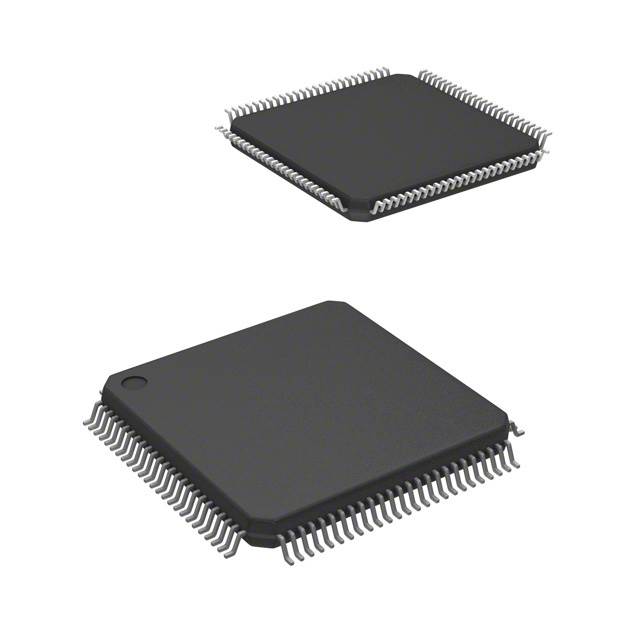

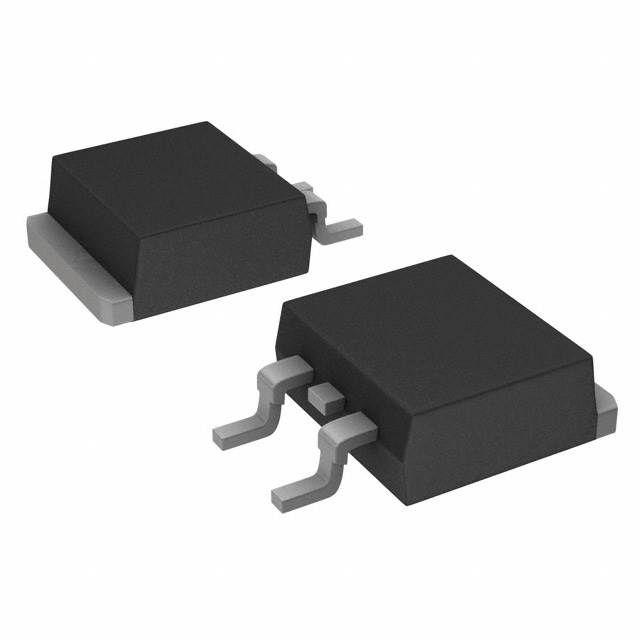



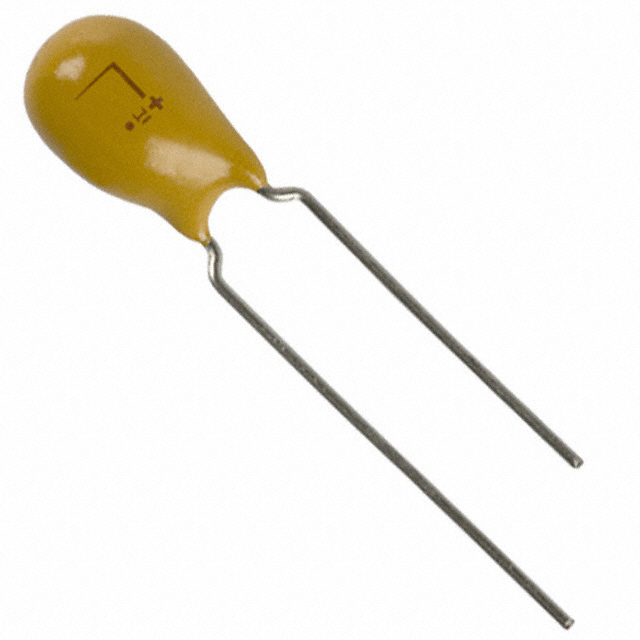

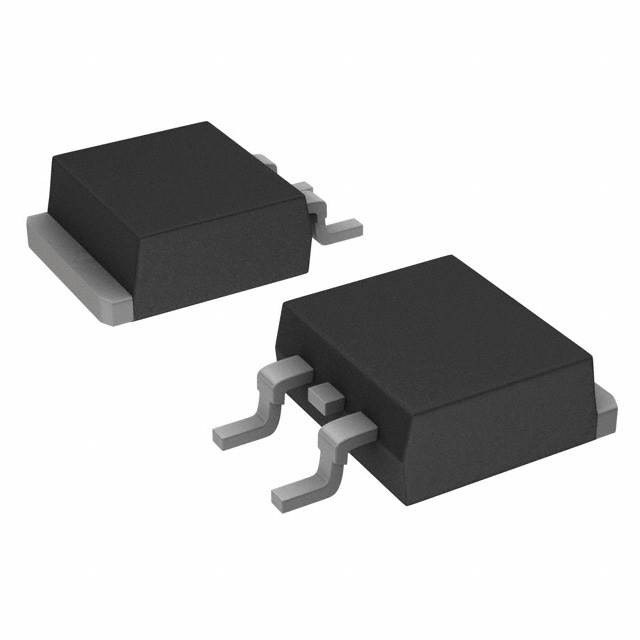
 PMDM
PMDM
 YAGEO
YAGEO
 EMIT
EMIT
 TE Connectivity AMP Connectors
TE Connectivity AMP Connectors
 Wickmann / Littelfuse
Wickmann / Littelfuse
 3M
3M
 Intersil (Renesas Electronics Corporation)
Intersil (Renesas Electronics Corporation)
 B&K Precision
B&K Precision
 Comair Rotron
Comair Rotron
 Hirose Electric Co., Ltd.
Hirose Electric Co., Ltd.
